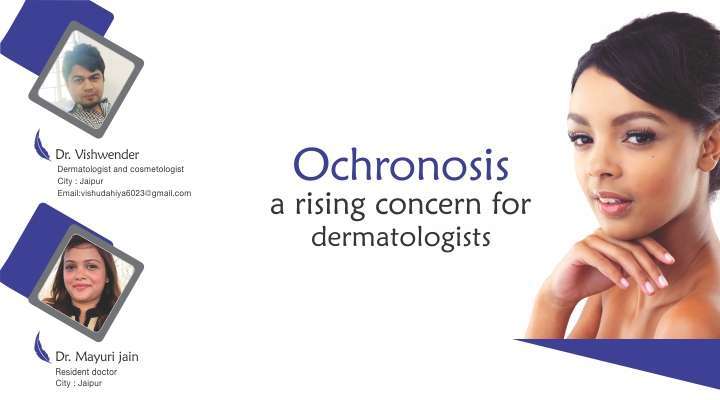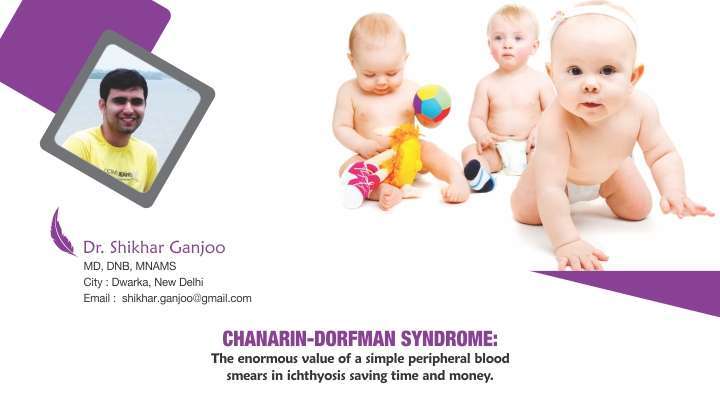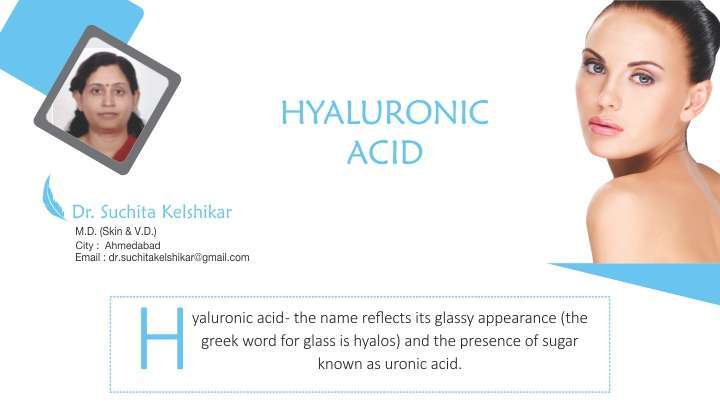- 21 May 2017
- 0 Comments
- Dermatalk Article,Ochronosis
Ochronosis a Rising Concern for Dermatologists
Exogenous Ochronosis (EO) is avoidable dermatitis, on the rise cause of unjustified use of topical hydroquinone; it is mainly encountered in melasma patients on triple therapy and is turning out to be a menace cause of difficulty in its treatment. Phenol is also known to a cause the condition. Pathologically, a microscopic deposition of yellow (ocher-colored) …
- 20 May 2017
- 0 Comments
- Rosacea
Rosacea
Rosacea is a common facial disorder characterized by centrofacial erythema, flushing, telangiectasia, edema, papules, and pustules. Types: Erythematotelangiectatic rosacea(ETR)- Flushing and persistent central facial erythema Papulopustular rosacea(PPR) – Constant erythema and transient pustules and papules in the central facial distribution Phymatous rosacea – Overgrowth and hyperplasia of sebaceous glands in certain facial areas causing disfigurement. …
- 20 May 2017
- 0 Comments
- bullous impetigo,dermatalk
Bullous Impetigo With Hypopyon in Adiabetic Adult Female
A 50 year old diabetic female was admitted with symptoms suggestive of angina pectoris. A dermatology reference was made in view of her cutaneous lesions. On enquiry, she had a history of slightly painful, multiple, pus filled lesions in her groin, lower abdomen and axilla, since 3 days. There was no history of fever. On …
- 20 May 2017
- 0 Comments
- dermatalk
Chanarin-Dorfman Syndrome: The Enormous Value of a Simple Peripheral Blood Smears in Ichthyosis Saving Time & Money
Abstract: Chanarin-Dorfman syndrome (CDS) is a rare nonlysosomal autosomal recessive neutrophil lipid storage disorder characterized by deposition of cytoplasmic neutral lipid droplets in many cell types. It is clinically characterized by nonbullous congenital ichthyosiform erythroderma, hepatomegaly, myopathy, ataxia, neurosensory hearing loss and varying developmental delay. A peripheral blood smear showing lipid droplets in granulocytes is …
- 20 May 2017
- 0 Comments
- dermatalk
Hyaluronic Acid
Hyaluronic acid – the name reflects its glassy appearance (the greek word for glass is hyalos) and the presence of sugar known as uronic acid. Introduction H.A. also called hyaluronan is anionic, nonsulfated glycosaminoglycan distributed widely throughout connecting, epithilian and neural tissues. The average 70kg person has roughly 15gms of H.A. in the body, one-third …










